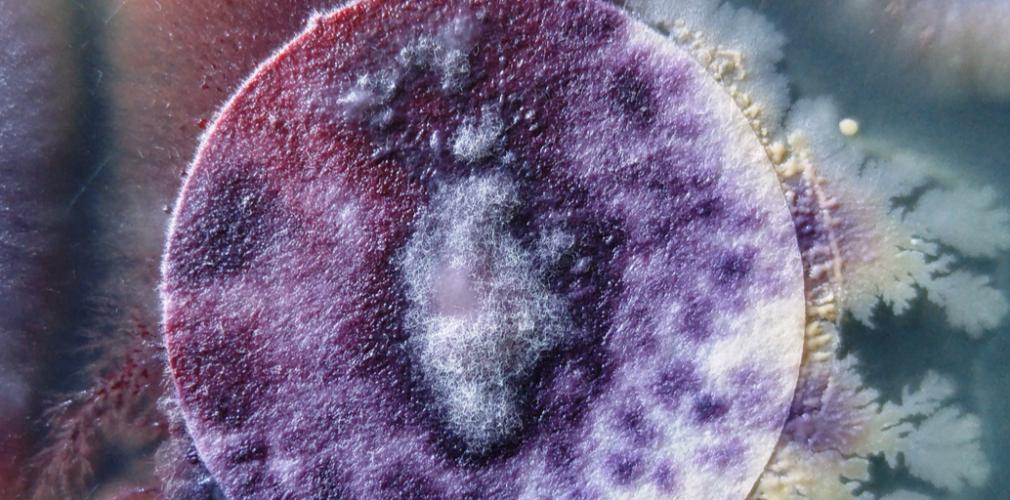Cannabis plants can be severely affected by different types of fungi. Some of them can be eradicated more efficiently than others because they can be detected more easily and therefore they can be acted upon more promptly. But this is not the case of Fusarium, a fungus that grows in the substrate and is invisible to the human eye at the beginning of its development. Here we explain the preventive measures you can put in place to avoid its appearance; how to identify it; and how to eliminate it.

Indice
Introduction to Fusarium
Fusarium is a fungus from the Nectriaceae family, which comprises different types of filamentous fungi that live in the soil. It is a saprotrophic pathogen that feeds on decayed organic matter: a parasite that feeds, develops, and reproduces by directly using the resources of the cannabis plant. It causes damage little by little and, if not treated in time, it may provoke serious consequences, including ultimate loss or death of the infected plant.
Fusarium's side effects in cannabis plants
Fusarium has the ability to damage the cannabis plant from the substrate, spreading along the xylem conduits and literally obstructing the flow of the sap. It stops nutrients and other vital elements from carrying out their job. As a direct result, the plant weakens quickly and finally dies. At present there is no efficient solution to overcome infection by this fungus, and the only piece of advice we can offer is to get rid of the infected plants as quickly as possible.

Fusarium's main symptoms
- Rotting at the base of the stems.
- Appearance of spots and chlorosis (or whitening) on the lowest and oldest leaves.
- The tips of the leaves curl upwards, and then turn to shades of yellow until they dry out and eventually fall off.
- Lignification of the stems: in order to check the level of infection of your cannabis plants, you can cut a stem lengthwise to see if the inside is blackened. This is a clear sign of infection.
How to prevent the appearance of Fusarium and how to constrain its development
As mentioned before, there is no cure for this fungus at present; therefore, prevention is always the best course of action. You need to try to minimize any situation that may favor its appearance. Firstly, you need to control the weather conditions in your grow room as Fusarium loves heat and high humidity.
These are our top tips to prevent the appearance of Fusarium in your cannabis grow:
- Maximum substrate temperature: around 28ºC.
- Hygiene and cleanliness are paramount: it is vital to keep your growing space clean and tidy, as well as keeping your tools sterilized.
- Avoid overfertilization with Nitrogen.
- Clean the ground with hydrogen peroxide, which will impede the development of this fungus.
- Keep the lower part of your plants well ventilated to avoid moisture accumulation.
- Add Trichoderma and Bacillus thuringiensis to your substrate. These two organic fungicides are really effective against the appearance of Fusarium.

Don´t hesitate to install fans in strategic areas of your grow to keep a homogeneous air flow and prevent the formation of air pockets or stagnant air zones. Fusarium tends to appear in plants that have been under stress, as well as in water-deficient or extremely dry substrates, and also in nutrient-poor substrates. However, saturating the substrate with nutrients or subjecting it to high temperatures can also be detrimental to the plant. All of this weakens the plant's immune system and encourages the appearance of Fusarium and other pathogens.





this was one I GAIN SOME USEFUL INFORMATION FROM THIS ARTICLE